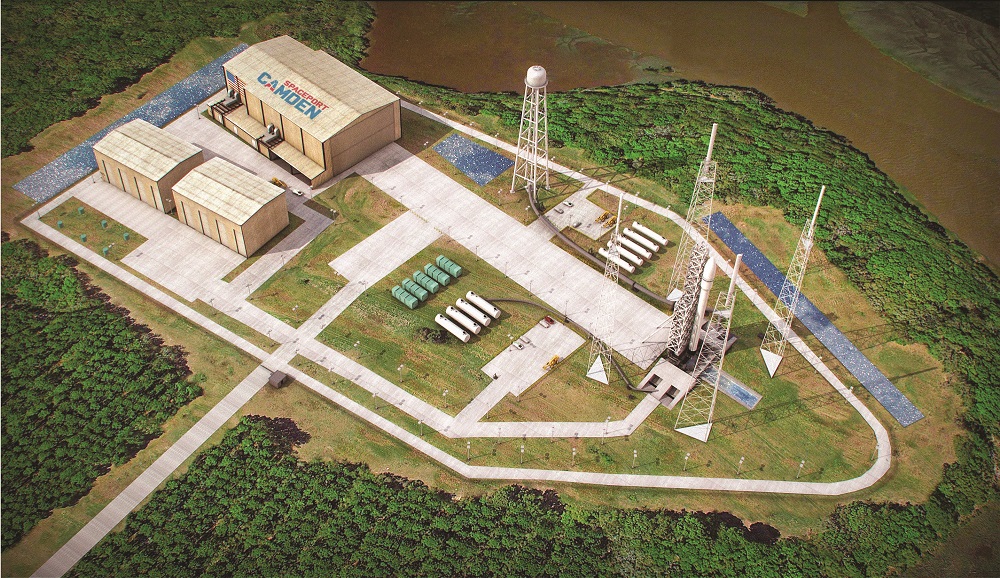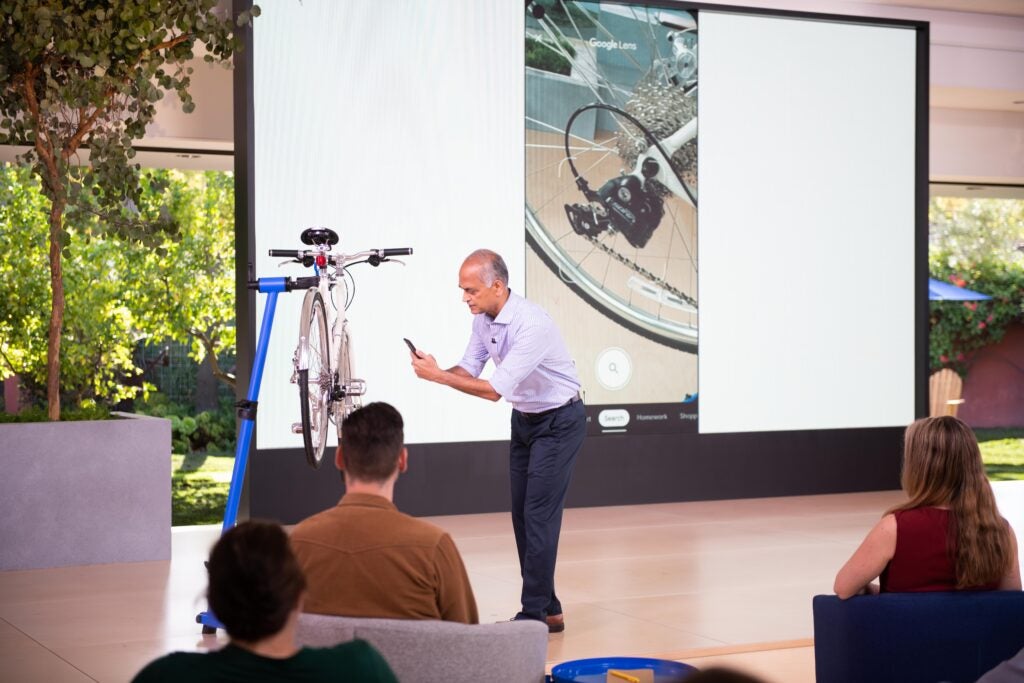Larger telescopes are better because we can see better and capture more light, so NASA is developing liquid based space telescopes that would let us build 50 meter telescopes for the cost of 10 meter telescopes.
The future of space-based UV/optical/IR astronomy requires ever larger telescopes. The highest priority astrophysics targets, including Earth-like exoplanets, first generation stars, and early galaxies, are all extremely faint, which presents an ongoing challenge for current missions and is the opportunity space for next generation telescopes: larger telescopes are the primary way to address this issue.
With mission costs depending strongly on aperture diameter, scaling current space telescope technologies to aperture sizes beyond 10 m does not appear economically viable. Without a breakthrough in scalable technologies for large telescopes, future advances in astrophysics may slow down or even completely stall. Thus, there is a need for cost-effective solutions to scale space telescopes to larger sizes.
The FLUTE project aims to overcome the limitations of current approaches by paving a path towards space observatories with largeaperture, unsegmented liquid primary mirrors, suitable for a variety of astronomical applications. Such mirrors would be created in space via a novel approach based on fluidic shaping in microgravity, which has already been successfully demonstrated in a laboratory neutral buoyancy environment, in parabolic microgravity flights, and aboard the International Space Station (ISS). Theoretically scale-invariant, this technique has produced optical components with superb, sub-nanometer (RMS) surface quality. In order to make the concept feasible to implement in the next 15-20 years with near-term technologies and realistic cost, we limit the diameter of the primary mirror to 50 meters.
In the Phase I study, they: (1) explored choices of mirror liquids, deciding to focus on ionic liquids, (2) conducted an extensive study of ionic liquids with suitable properties, (3) worked on techniques for ionic liquid reflectivity enhancement, (4) analyzed several alternative architectures for the main mirror frame, (5) conducted modeling of the effects of slewing maneuvers and temperature variations on the mirror surface, (6) developed a detailed mission concept for a 50-m fluidic mirror observatory, and (7) created a set of initial concepts for a subscale small spacecraft demonstration in low Earth orbit.
In Phase II, they will continue maturing the key elements of the mission concept.
1. they will continue the analysis of suitable mirror frame architectures and modeling of their dynamic properties.
2. they will take next steps in the machine learning-based modeling and experimental work to develop reflectivity enhancement techniques for ionic liquids.
3. they will further advance the work of modeling liquid mirror dynamics. In particular, they will focus on modeling the effects from other types of external disturbances (spacecraft control accelerations, tidal forces, and micrometeorite impacts), as well as analyzing and modeling the impact of the thermal Marangoni effect on nanoparticle-infused ionic liquids.
4. they will create a model of the optical chain from the liquid mirror surface to the science instruments.
5. they will further develop the mission concept for a larger-scale, 50-m aperture observatory, focusing on its highest-risk elements. 6. they will mature the concept for a small spacecraft technology demonstration mission in low Earth orbit, incorporating the knowledge gained in other parts of this work.
Previous Work from Phase 1
The state-of-the-art 21 foot (6.5 meter) aperture James Webb Space Telescope needed to be folded up origami-style – including the mirror itself – to fit inside the rocket for its ride to space. The aperture of an optical space observatory refers to the size of the telescope’s primary mirror, the surface that collects and focuses incoming light.
The aperture the FLUTE researchers are targeting first is approximately 164 feet (50 meters) in diameter – half as long as a football field. The fluidic mirror and lens designs are not limited to that size and could increase to 10 kilometers. the 50 meter mirror space telecope could deploy from one SpaceX Super Heavy Starship launch. FLUTE has already tested parts of their system on the international space station. The next step is a smallsat complete system orbital test.
Conventional technology for making optical components for telescopes is a grind. It involves an iterative process of sanding and polishing solid materials, such as glass or metal, to shape the precise curved surfaces of lenses and mirrors needed. Using current technologies, scaling up space telescopes to apertures larger than approximately 33 feet (10 meters) in diameter does not appear economically viable.
FLUTE’s novel cost-effective technology approach takes advantage of the way fluids naturally behave in microgravity.


















Brian Wang is a Futurist Thought Leader and a popular Science blogger with 1 million readers per month. His blog Nextbigfuture.com is ranked #1 Science News Blog. It covers many disruptive technology and trends including Space, Robotics, Artificial Intelligence, Medicine, Anti-aging Biotechnology, and Nanotechnology.
Known for identifying cutting edge technologies, he is currently a Co-Founder of a startup and fundraiser for high potential early-stage companies. He is the Head of Research for Allocations for deep technology investments and an Angel Investor at Space Angels.
A frequent speaker at corporations, he has been a TEDx speaker, a Singularity University speaker and guest at numerous interviews for radio and podcasts. He is open to public speaking and advising engagements.
Note: This article have been indexed to our site. We do not claim legitimacy, ownership or copyright of any of the content above. To see the article at original source Click Here













